Home>Articles>How Much Does It Cost To Remove Mold From Basement
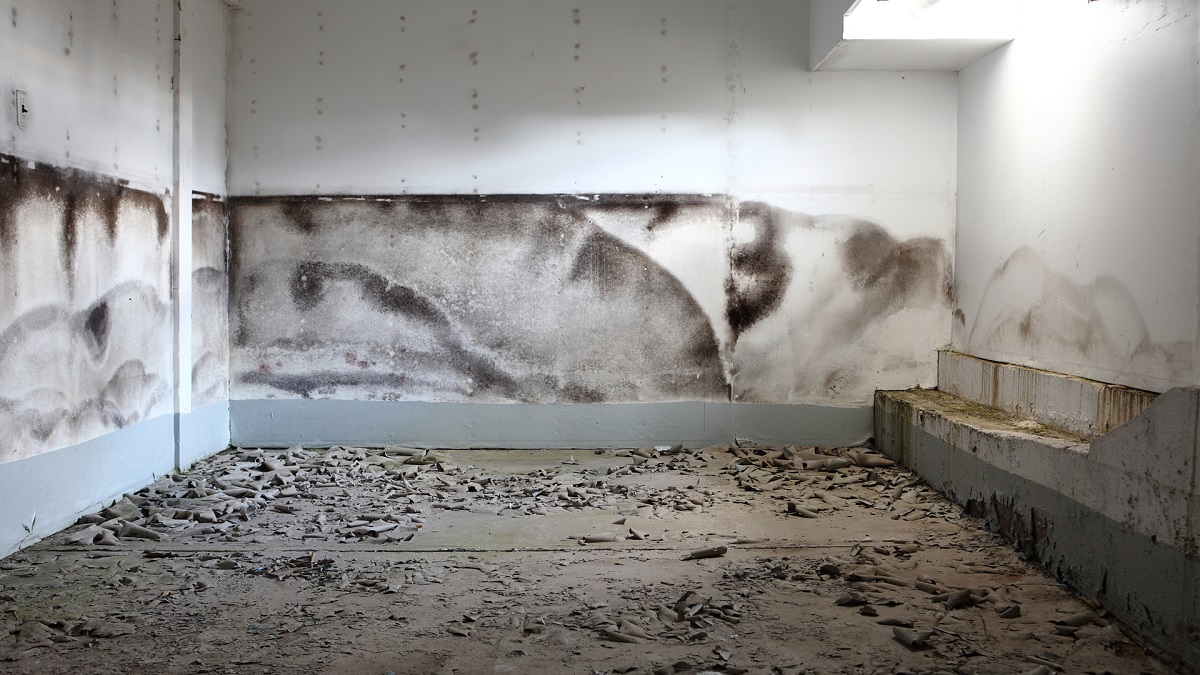

Articles
How Much Does It Cost To Remove Mold From Basement
Modified: December 7, 2023
Learn about the cost of mold removal from basement with our informative articles. Get expert insights and tips to tackle this common issue.
(Many of the links in this article redirect to a specific reviewed product. Your purchase of these products through affiliate links helps to generate commission for Storables.com, at no extra cost. Learn more)
Introduction
Mold can be a persistent and problematic issue, especially when it takes root in your basement. Whether caused by moisture, poor ventilation, or other factors, mold growth in basements can lead to health risks, structural damage, and unpleasant odors. If you’ve discovered mold in your basement, you’re likely wondering about the cost of removing it.
In this article, we’ll discuss the various factors that can influence the cost of mold removal in basements. We’ll also explore the pros and cons of hiring professionals versus opting for a do-it-yourself approach. By the end, you’ll have a clearer understanding of how much it costs to remove mold from a basement and the best steps to take for effective and efficient mold removal.
Key Takeaways:
- Mold removal costs for basements vary based on factors like extent of infestation, type of mold, and professional services. DIY options may work for small cases, but professional help is crucial for complex or extensive mold issues.
- Additional costs to consider for mold removal include testing, repairs, preventive measures, and professional consultation. Prioritizing prevention through moisture control and ventilation can significantly reduce the risk of basement mold growth.
Read more: How Much Does Mold Removal Cost In Attic
Understanding Mold in Basements
Mold is a type of fungus that thrives in moist, damp environments. Basements are particularly susceptible to mold growth due to their typically cool and dark conditions, as well as their proximity to ground moisture. Mold spores are found everywhere, both indoors and outdoors, but they require the right conditions to colonize and grow.
When moisture levels become elevated in a basement, whether due to water intrusion, high humidity, or condensation, mold spores can land on organic materials, such as wood, drywall, or carpeting, and start to grow. The presence of mold can be accompanied by a musty odor and visible signs, such as discoloration or black spots on surfaces.
It’s important to address mold in basements promptly, as prolonged exposure to mold can lead to respiratory issues, allergies, and even more severe health problems. Additionally, mold can compromise the structural integrity of the building materials it grows on, causing wood rot or weakening of drywall.
Identifying the source of moisture is crucial in preventing further mold growth. Common causes include leaky pipes, poor drainage, or inadequate waterproofing. By addressing the underlying cause of moisture, you can significantly reduce the risk of future mold problems and ensure effective mold removal.
Factors Affecting the Cost of Mold Removal
The cost of mold removal in basements can vary significantly depending on several factors. Understanding these factors can help you estimate the potential expenses involved in the process. Here are some key factors that can affect the cost of mold removal:
- Extent of the mold infestation: The size and severity of the mold growth in your basement will determine the complexity of the removal process. Larger areas of mold colonization will require more extensive remediation, which can increase the overall cost.
- Type of mold: Not all molds are the same, and some are more difficult to remove than others. Certain types of mold, such as black mold (Stachybotrys chartarum), may require special containment measures and safety protocols, which can add to the cost.
- Accessibility: The accessibility of the affected areas in your basement can impact the cost of mold removal. If the mold is located in hard-to-reach spaces or hidden behind walls, additional efforts may be required to access and remove it, increasing the overall cost.
- Extent of damage to building materials: If the mold has caused damage to structural materials, such as rotting wood or deteriorating drywall, the cost of repair or replacement will need to be factored into the overall mold removal expense.
- Professional services needed: Hiring professional mold remediation companies can provide peace of mind and ensure thorough and safe removal. However, professional services come at a cost, and the price can vary depending on the company, their expertise, and the complexity of the job.
- Additional treatments and services: In some cases, additional treatments may be necessary to eliminate mold spores, improve air quality, or prevent future mold growth. These treatments, such as air filtration systems or dehumidifiers, may add to the total cost of mold removal.
It’s important to note that these factors are interconnected, and the cost of mold removal will vary based on the unique circumstances of each situation. However, getting a professional assessment and estimate before starting the remediation process can help you plan and budget accordingly.
DIY Mold Removal vs Professional Mold Removal
When it comes to removing mold from your basement, you have two options: DIY mold removal or hiring professional mold remediation services. Both approaches have their advantages and considerations, so let’s take a closer look at each one:
DIY Mold Removal:
DIY mold removal can be a viable option for small, isolated cases of mold growth in your basement. It allows you to have control over the process and potentially save on the cost of professional services. Here are some considerations to keep in mind if you choose to go the DIY route:
- Safety precautions: Mold remediation involves handling potentially harmful substances. Make sure to wear protective gear, such as gloves, goggles, and a mask, to minimize exposure to mold spores and cleaning agents.
- Proper techniques: Research and follow recommended mold removal techniques to effectively clean the affected areas. This may include using appropriate cleaning solutions, scrubbing or sanding surfaces, and proper disposal of contaminated materials.
- Thoroughness: It’s essential to be diligent and thorough during the removal process to ensure that all visible mold and spores are eliminated. Failing to eradicate the mold entirely can lead to recurring growth and potential health hazards.
- Limited expertise: DIY mold removal may not be suitable for complex or extensive mold infestations. If the mold covers a large area or has spread to hidden spaces, seeking professional assistance is recommended to ensure effective removal.
Professional Mold Removal:
Professional mold remediation services offer expertise, experience, and specialized equipment to handle even the most challenging mold removal projects. Here are some advantages to consider when hiring professionals:
- Knowledge and expertise: Mold remediation experts understand the complexities of mold growth and have the knowledge to identify the source of the problem. They can provide efficient and comprehensive solutions tailored to your specific needs.
- Advanced equipment: Professionals have access to specialized equipment, such as high-powered vacuums, air scrubbers, and moisture meters, which can aid in detecting and removing mold effectively.
- Safe and efficient process: Mold removal professionals follow strict protocols to ensure the safety of everyone involved. They use appropriate containment measures, personal protective equipment, and effective cleaning techniques to minimize the risk of cross-contamination.
- Thorough mold removal: Professionals have the experience and training to identify hidden mold and address the root causes of the infestation. They can provide long-term solutions to prevent future mold growth.
Ultimately, the choice between DIY mold removal and professional mold removal depends on the size, complexity, and severity of the mold issue in your basement, as well as your comfort level and expertise. It’s crucial to consider your capabilities, the potential health risks, and the value of professional guidance in making an informed decision.
Before hiring a professional to remove mold from your basement, get multiple quotes to compare costs. Be sure to ask about the specific services included in the price and any additional fees that may apply.
Average Cost of Mold Removal from Basements
The cost of mold removal from basements can vary significantly depending on the size of the affected area, the severity of the mold growth, and the specific requirements of the remediation process. While it is challenging to provide an exact figure, considering the various factors involved, we can provide a general idea of the average cost range.
For smaller, localized mold problems in basements, the cost of DIY mold removal can range from approximately $500 to $1500. This cost includes the purchase of necessary cleaning supplies, protective gear, and any additional tools or equipment required for the job.
On the other hand, hiring professionals for mold removal in basements can range from around $1500 to $5000 or more, depending on the size and complexity of the infestation. The cost will typically include an assessment of the mold problem, containment measures, removal of affected materials, thorough cleaning, and preventive measures to minimize the chances of future mold growth.
It’s important to note that these figures are rough estimates and can vary significantly based on the unique circumstances of each case. The location, accessibility, and extent of the mold growth, as well as the presence of any additional damage to building materials, can all impact the final cost of the remediation process.
Additionally, if the mold issue is severe and requires additional services such as mold testing, air quality monitoring, or repairs to damaged materials, the overall cost can increase further.
It is recommended to consult with multiple mold removal professionals to obtain detailed estimates based on an on-site assessment. This will provide a more accurate understanding of the costs involved in addressing the specific mold problem in your basement.
While the cost of mold removal may seem significant, it’s important to prioritize the health and safety of your household. Ignoring or neglecting mold issues can result in more extensive damage to your property and potential health risks for you and your family.
Additional Costs to Consider
When dealing with mold removal from basements, there are some additional costs that you should keep in mind. These costs can vary depending on the specific circumstances of your mold problem and the extent of remediation required. Here are some additional expenses to consider:
- Mold Testing: In some cases, it may be necessary to conduct mold testing to assess the type and severity of the mold infestation. Mold testing can help identify hidden mold growth and determine the appropriate remediation steps. The cost of mold testing can range from $200 to $600, based on the number of samples needed and the complexity of the analysis.
- Repairs and Restoration: If the mold has caused damage to building materials, such as rotting wood or deteriorating drywall, you may need to factor in the costs of repairs and restoration. This can involve replacing affected materials, fixing leaks, or improving ventilation systems. The cost of repairs will depend on the extent of the damage and the materials needed.
- Preventive Measures: To prevent future mold growth, you may need to invest in preventive measures such as improving drainage, sealing cracks or leaks, installing dehumidifiers, or improving ventilation in your basement. These measures can help reduce the risk of mold recurrence but may incur additional costs.
- Professional Consultation: Consulting with a professional mold remediation specialist can provide valuable insights and guidance throughout the process. While this may come at an additional cost, their expertise and experience can ensure that the mold removal process is carried out effectively and efficiently.
- Temporary Relocation: In some cases, extensive mold remediation may require temporary relocation if the mold problem is severe or if the ventilation systems need to be shut down during the process. The cost of temporary accommodations should be factored in if necessary.
It’s important to note that these additional costs are not always applicable to every mold removal situation. The specific needs of your basement mold problem will determine which of these costs are necessary. Consulting with a professional and obtaining a detailed assessment of your mold issue will help in accurately estimating the additional expenses involved.
When budgeting for mold removal, it’s crucial to prioritize the well-being of your household and the long-term health of your property. Addressing the issue promptly and thoroughly can help prevent further damage and ensure a safe living environment for you and your family.
Tips for Preventing Mold in Basements
Prevention is key when it comes to dealing with mold in basements. By taking proactive measures to control moisture levels and improve ventilation, you can significantly reduce the risk of mold growth. Here are some tips to help prevent mold in your basement:
- Maintain proper humidity levels: Keep the humidity in your basement below 50% to create an inhospitable environment for mold. Consider using a dehumidifier if necessary.
- Improve ventilation: Ensure that your basement is well-ventilated by using fans or opening windows to allow for proper air circulation. This can help reduce moisture buildup and prevent stagnant air.
- Address water leaks promptly: Repair any leaks or water intrusion in your basement immediately. Pay attention to areas such as foundation cracks, plumbing leaks, or inadequate waterproofing. The longer moisture remains present, the higher the chances of mold growth.
- Improve drainage: Ensure proper drainage around your home to redirect water away from the foundation. This can be achieved through grading, installing gutters, downspout extensions, or French drains, depending on the specific needs of your property.
- Regularly inspect and clean: Regularly inspect your basement for any signs of moisture or mold growth. Clean and remove any visible mold or mildew promptly using appropriate cleaning agents and techniques.
- Control condensation: Use insulation and vapor barriers in areas prone to condensation, such as cold water pipes or exterior walls. This helps prevent moisture buildup on surfaces and reduces the likelihood of mold growth.
- Ensure proper venting: Ensure that appliances that generate moisture, such as dryers or bathrooms, have proper venting systems that direct humid air outside the home rather than into the basement.
- Store items properly: Avoid storing organic materials, such as cardboard boxes or fabrics, directly on the basement floor. Use plastic or metal shelving to raise items off the ground and reduce the potential for mold growth.
- Monitor and clean gutters: Regularly clean and maintain your gutters to prevent water overflow and potential moisture issues in the basement. Clear debris and ensure proper water flow away from your home.
By implementing these preventive measures, you can minimize the risk of mold growth in your basement. However, if you do encounter any signs of mold, it’s essential to address it promptly to prevent further damage and potential health hazards.
Remember, prevention is better than remediation, and taking proactive steps to control moisture and maintain a dry environment in your basement will go a long way in keeping mold at bay.
Conclusion
Mold growth in basements can be a persistent and problematic issue, posing risks to both your health and the structural integrity of your home. Understanding the factors affecting the cost of mold removal and the options available to you is crucial in effectively addressing this issue.
DIY mold removal can be a suitable choice for smaller, localized mold problems in your basement. However, professional mold remediation services offer expertise, advanced equipment, and comprehensive solutions for more complex or extensive mold infestations.
The average cost of mold removal from basements can vary based on factors such as the size of the affected area, the severity of the mold growth, and the additional services required. It is recommended to obtain a detailed assessment and estimate from professionals to accurately budget for the mold removal process.
It is also important to consider the additional costs involved, including mold testing, repairs, preventive measures, and professional consultation. Taking these expenses into account will help you plan for a thorough and effective mold removal process.
Prevention is key in avoiding mold growth in basements. By controlling moisture levels, improving ventilation, addressing leaks promptly, and implementing proper maintenance and cleaning practices, you can significantly reduce the risk of mold infestation in your basement.
In conclusion, dealing with mold in basements requires a combination of preventive measures, careful consideration of costs, and the appropriate choice between DIY or professional mold removal. By taking the necessary steps and investing in effective mold removal, you can create a safe, healthy, and mold-free environment in your basement.
Frequently Asked Questions about How Much Does It Cost To Remove Mold From Basement
Was this page helpful?
At Storables.com, we guarantee accurate and reliable information. Our content, validated by Expert Board Contributors, is crafted following stringent Editorial Policies. We're committed to providing you with well-researched, expert-backed insights for all your informational needs.
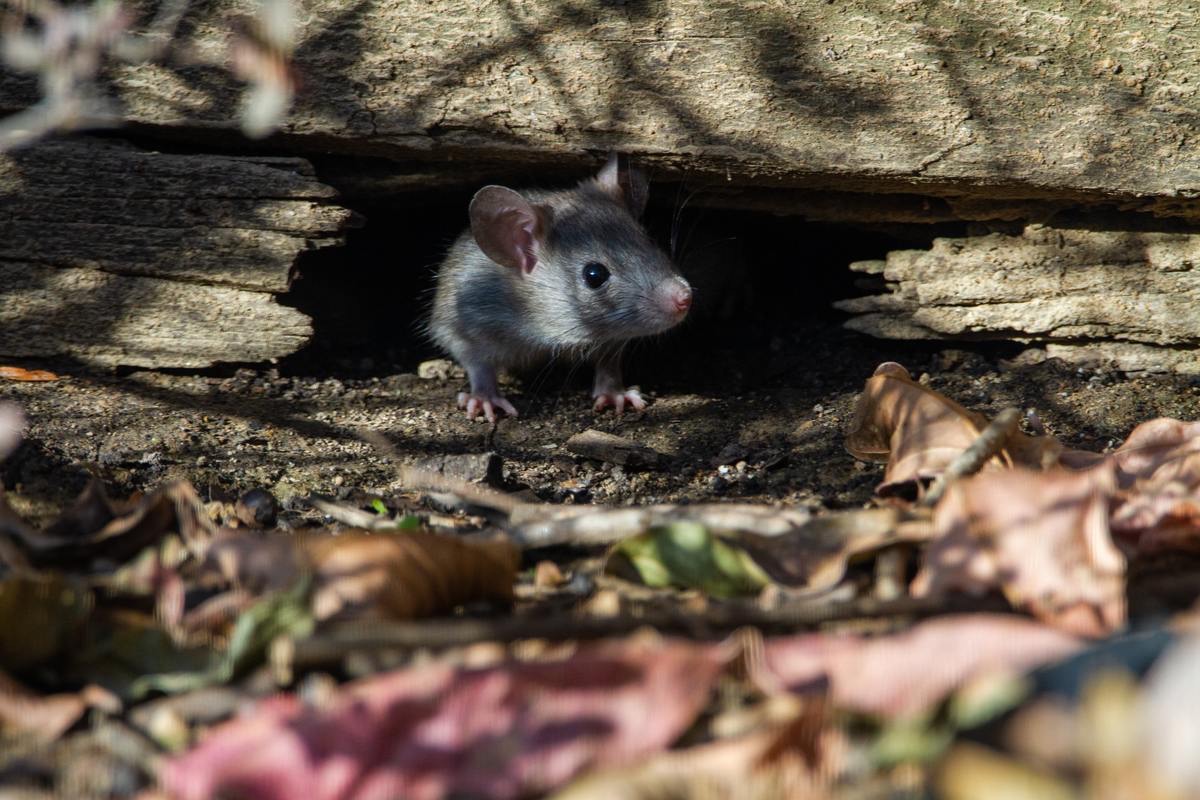
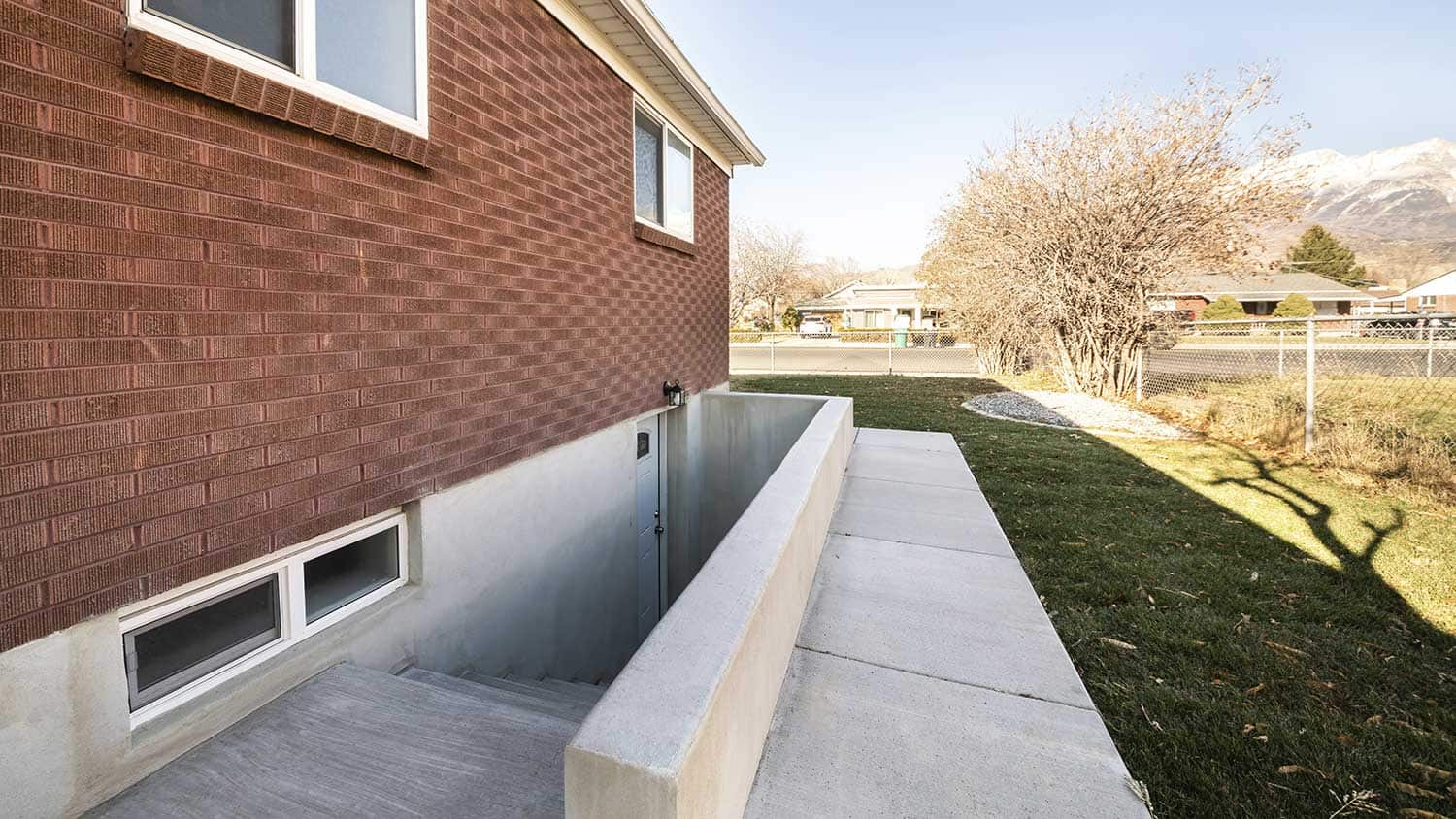


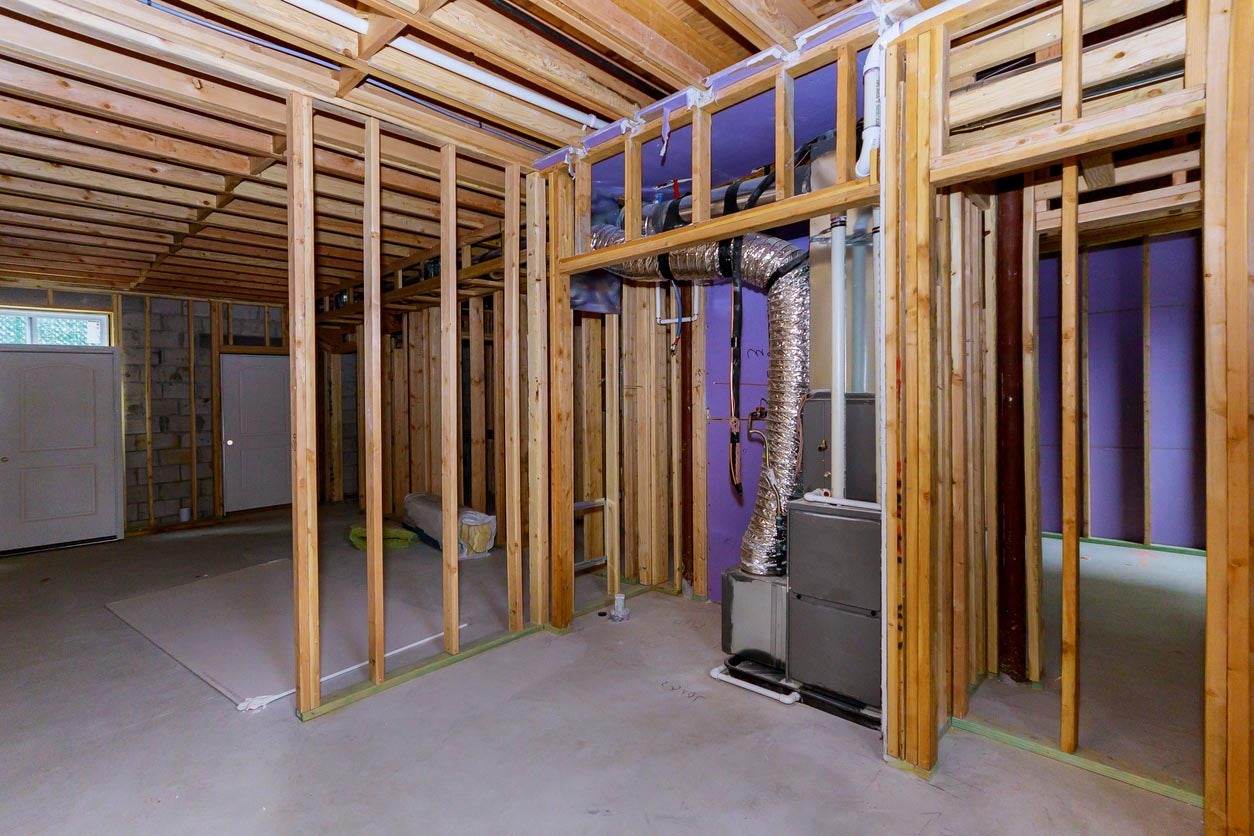
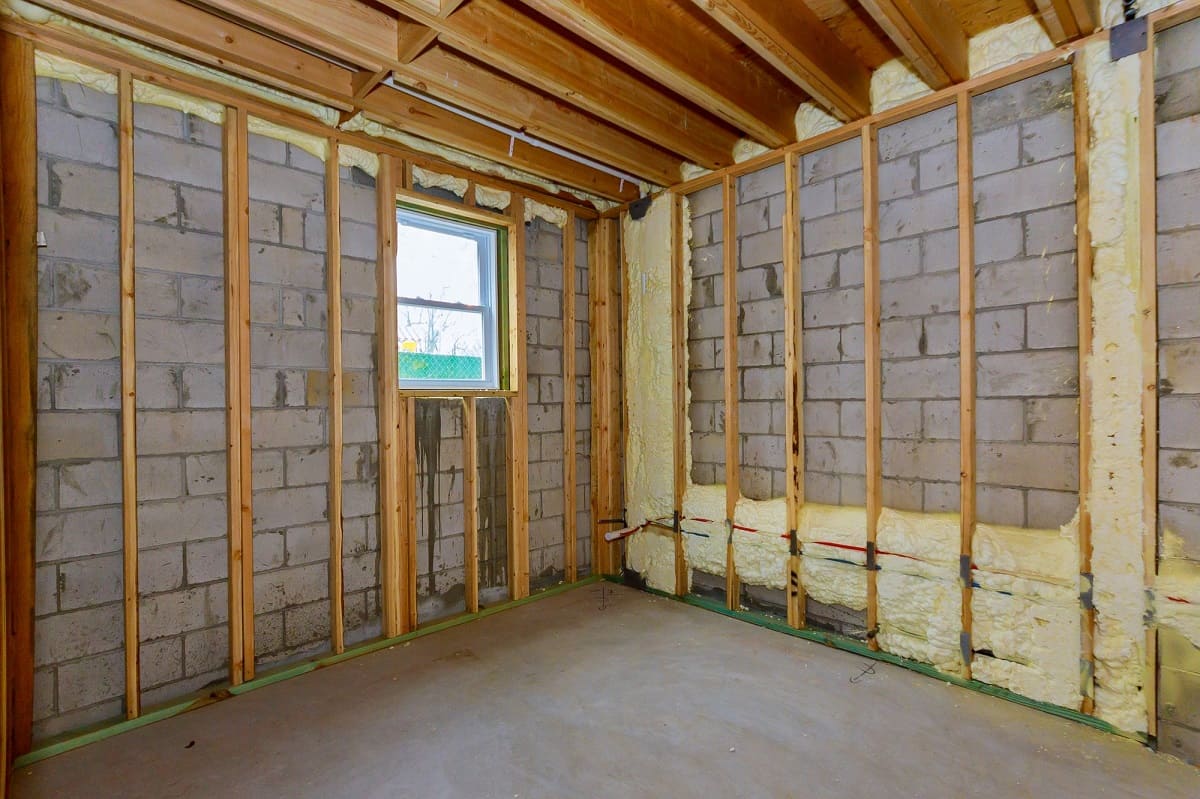
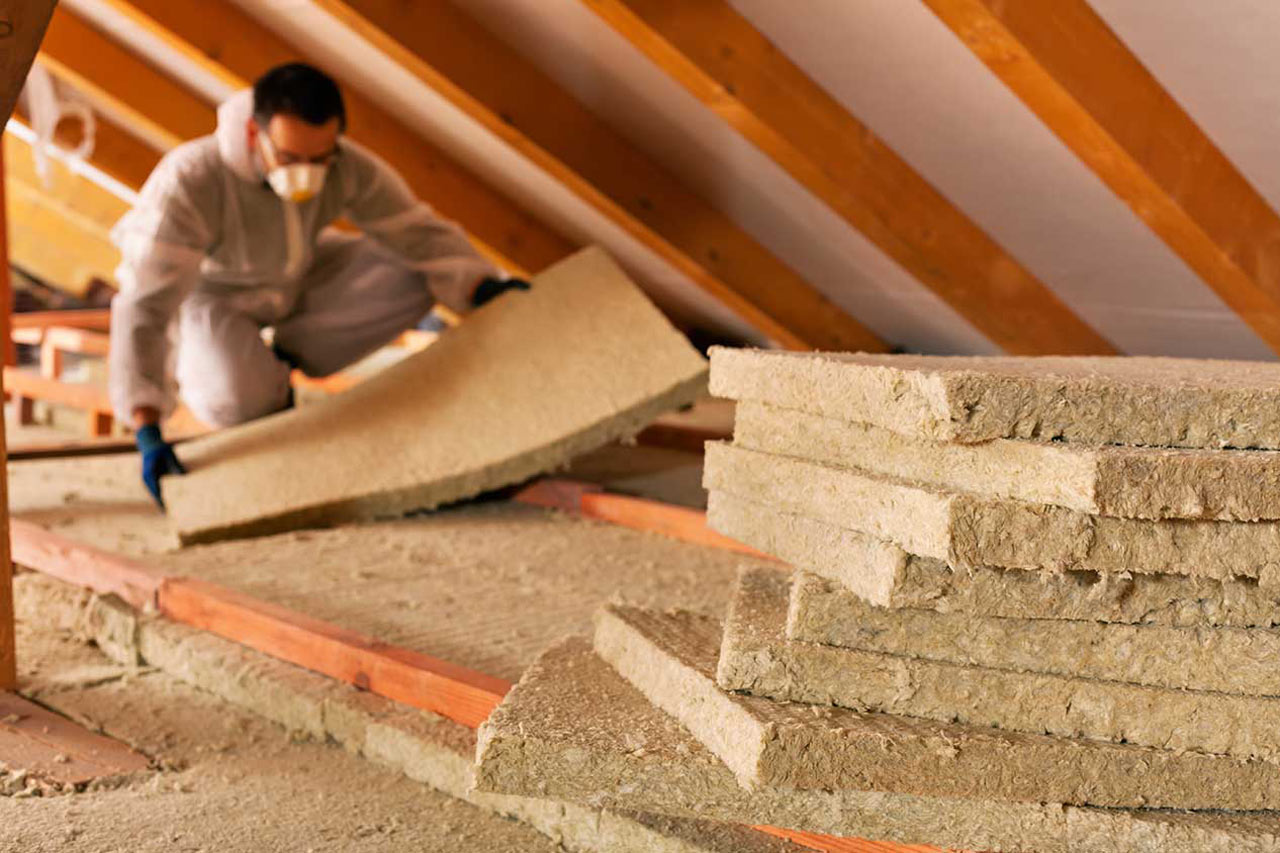
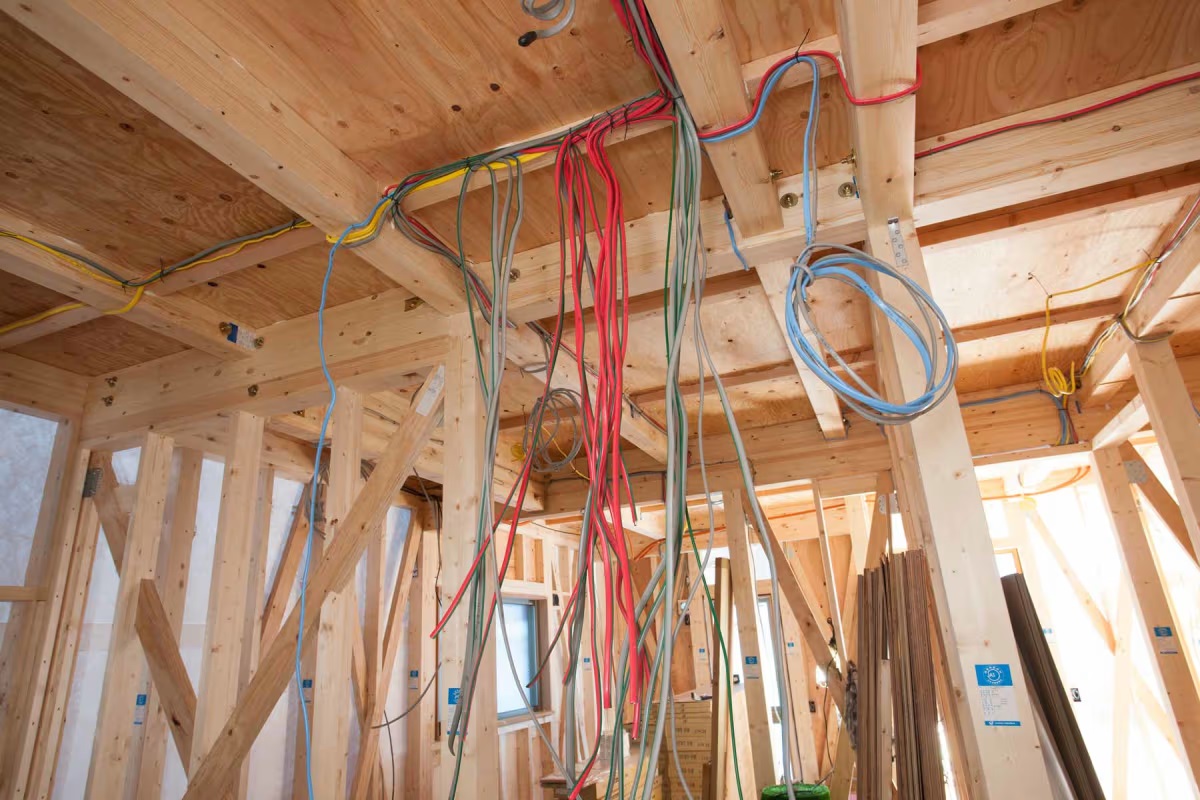
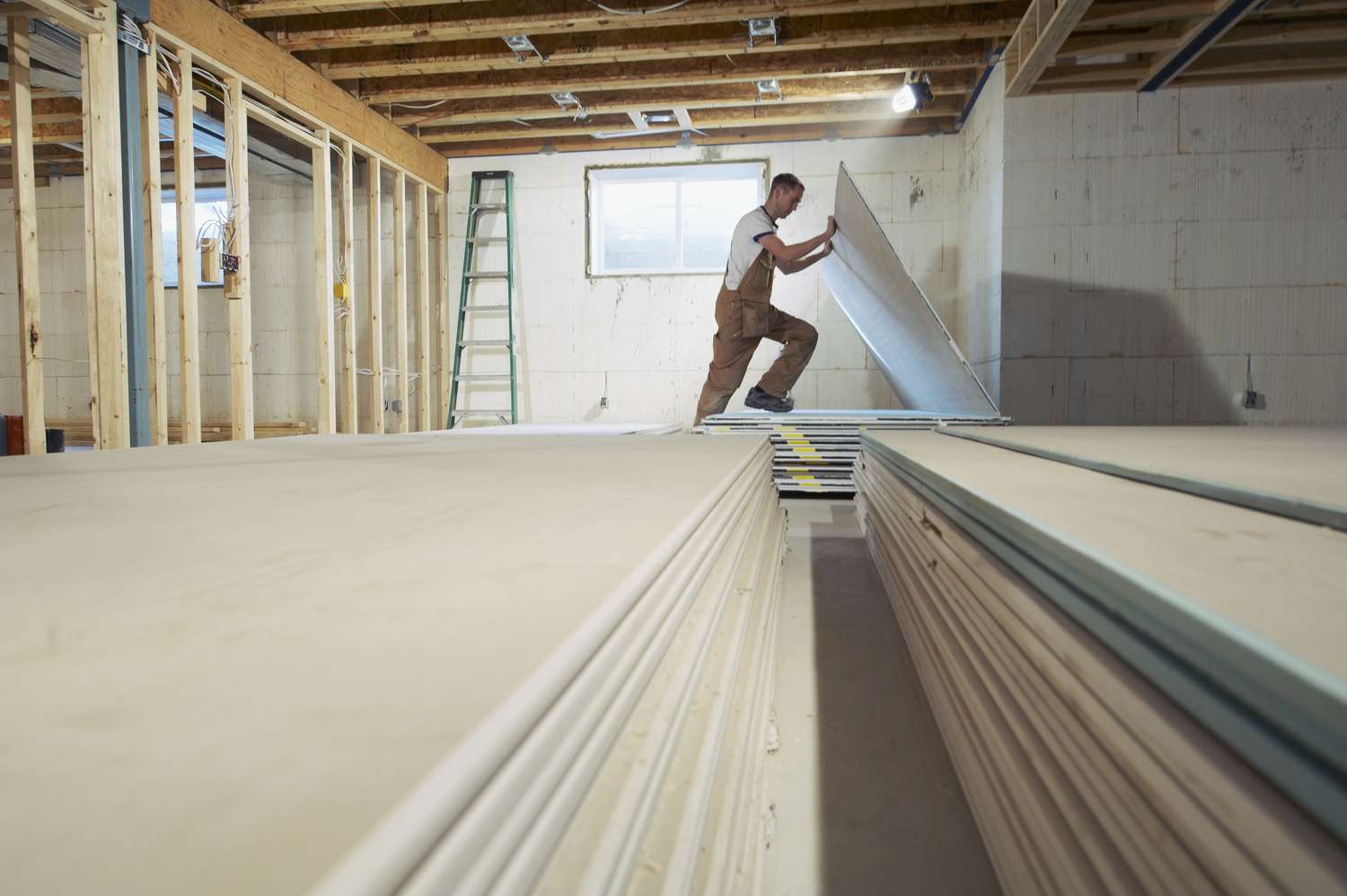
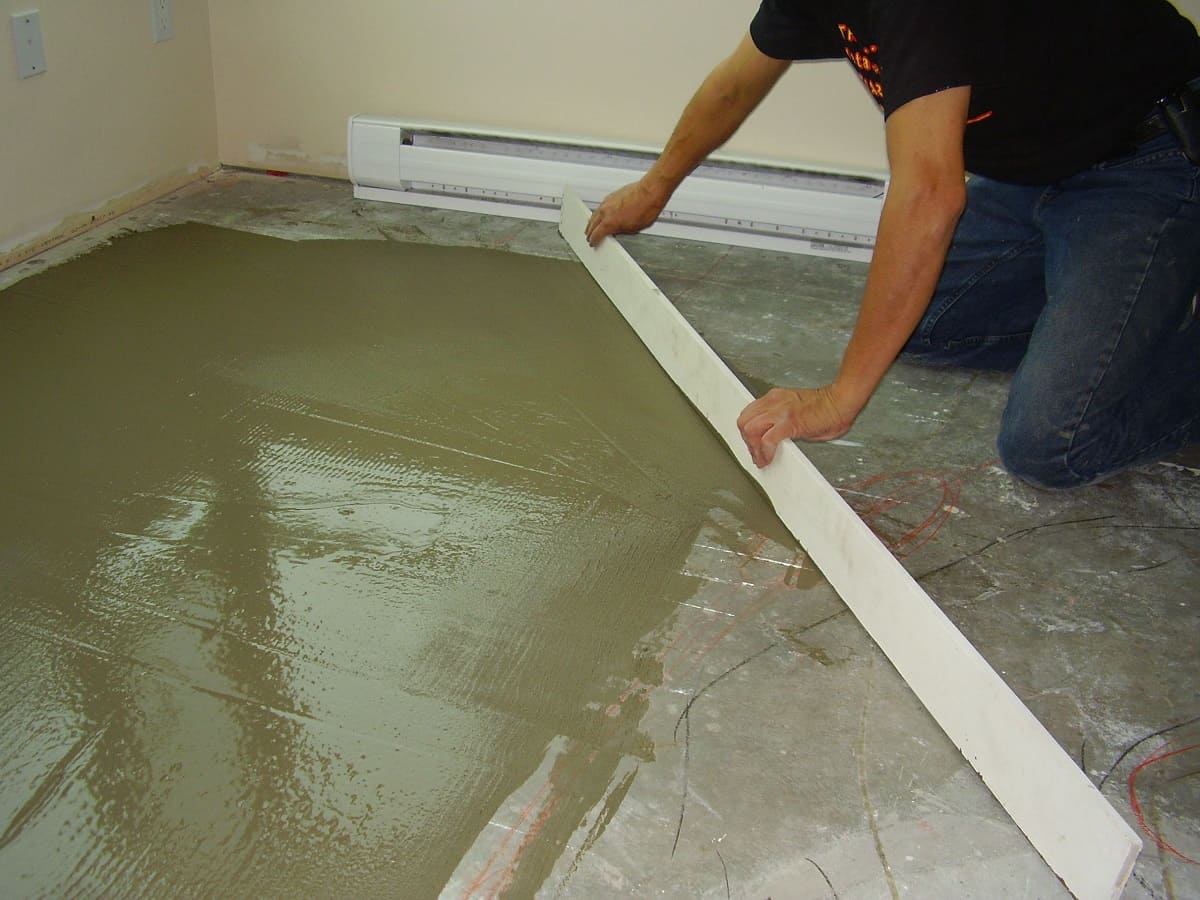
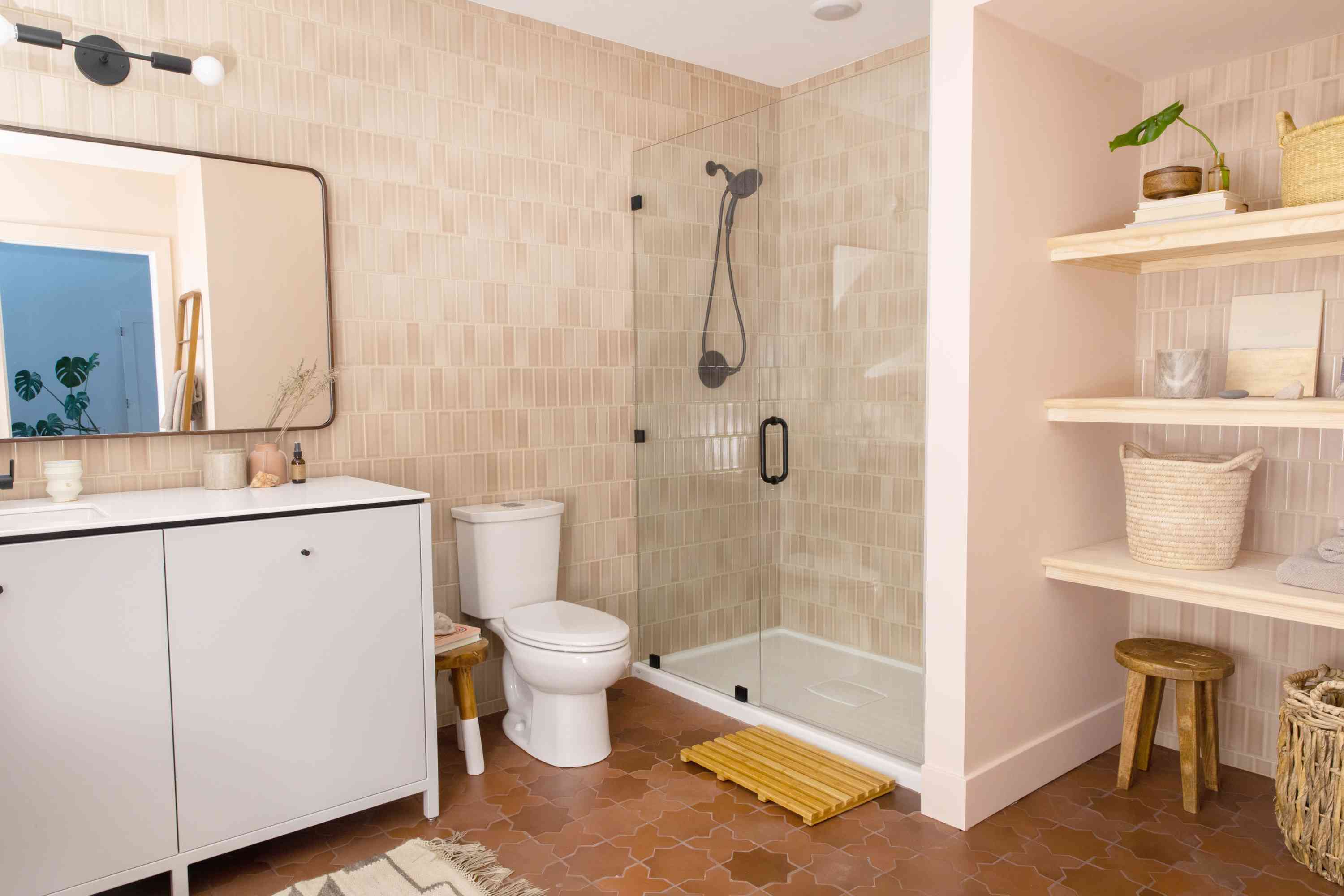
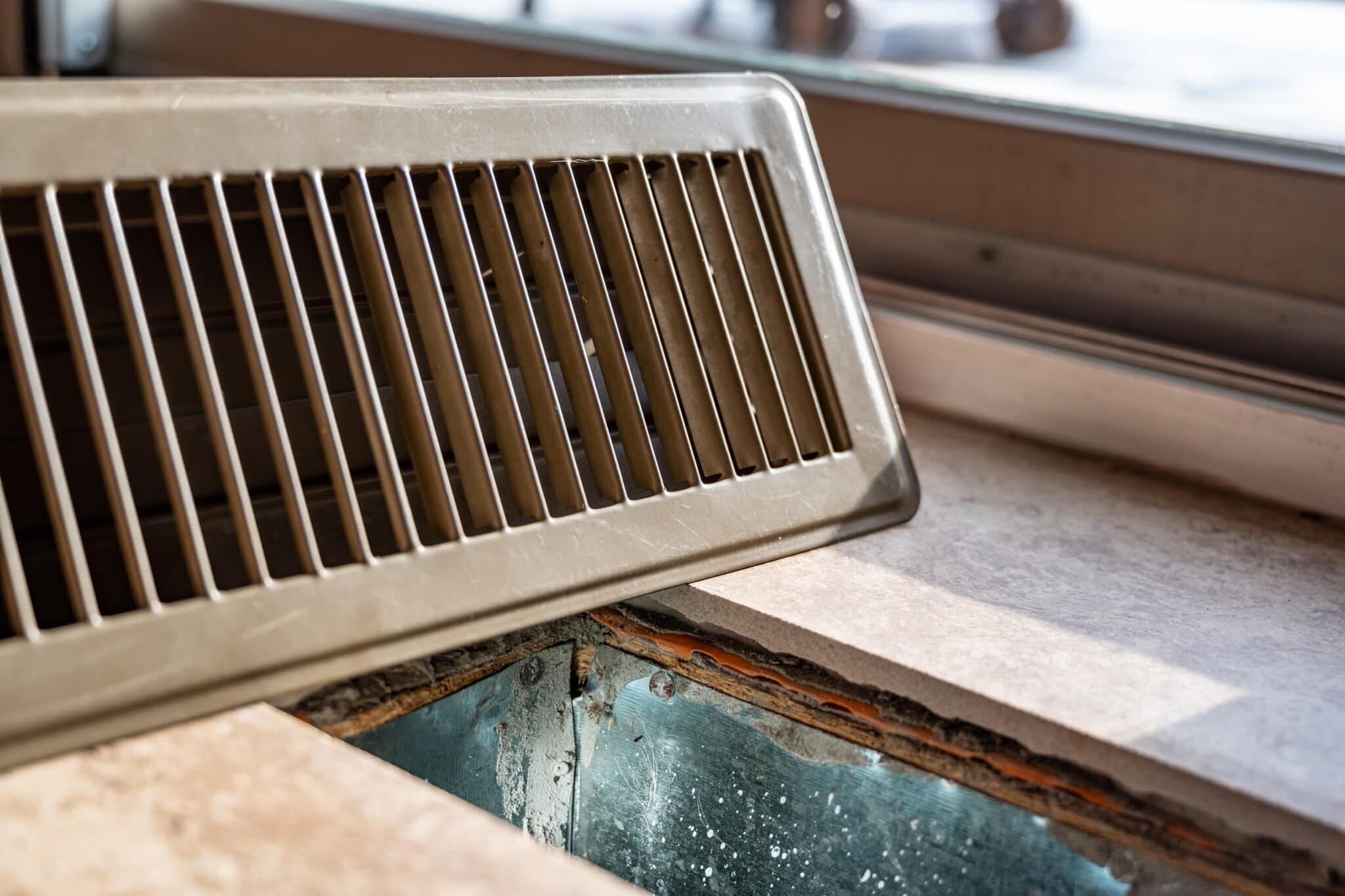

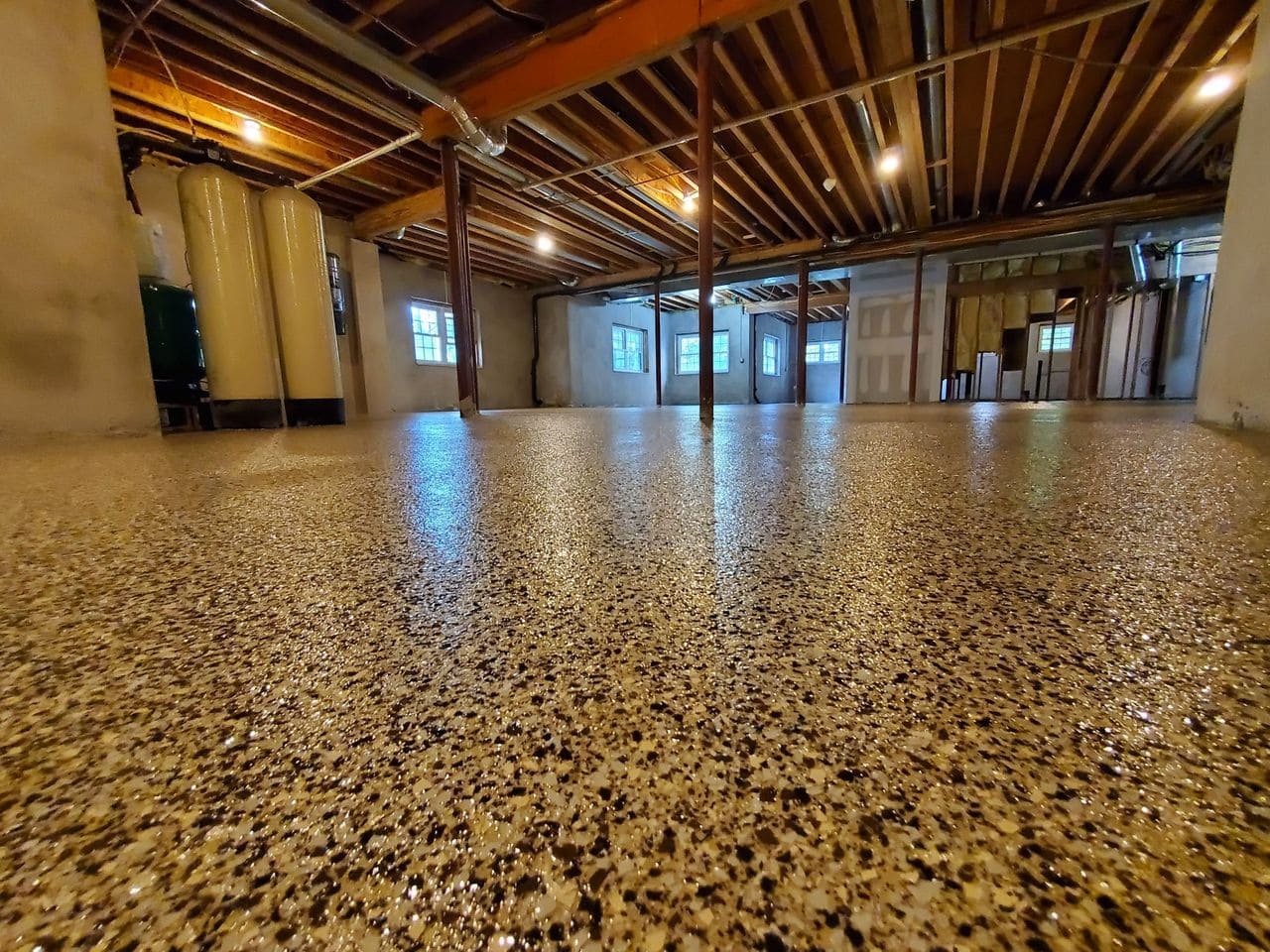

0 thoughts on “How Much Does It Cost To Remove Mold From Basement”